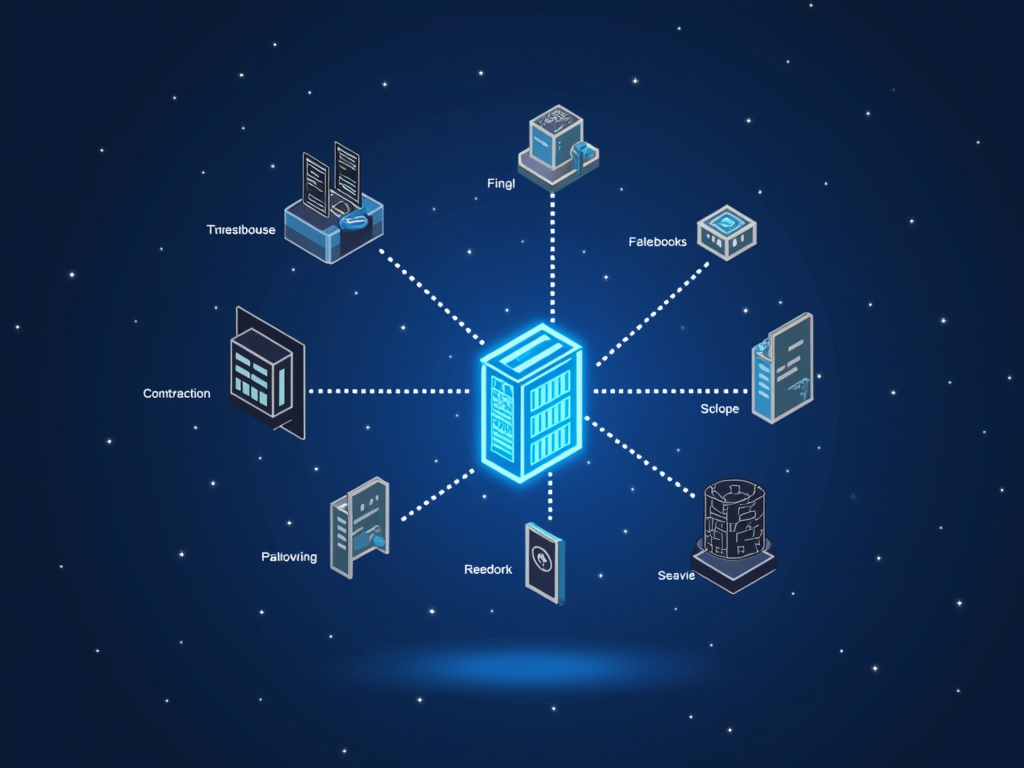The Benefits of Microsegmentation for Network Security
Microsegmentation is a network security approach that involves dividing the network into small, isolated segments or “micro-segments.” Each micro-segment is then controlled and secured independently, allowing for a more granular and effective approach to network security. In this article, we will explore the benefits of microsegmentation for network security.
Improved Security
One of the primary benefits of microsegmentation is improved security. By isolating each micro-segment, you can prevent lateral movement within the network in the event of a breach. This means that even if an attacker gains access to one part of the network, they will not be able to move freely throughout the rest of the network.
Reduced Attack Surface
Microsegmentation also reduces the attack surface by limiting the areas that an attacker can target. With traditional network segmentation approaches, attackers may still be able to target a large portion of the network if they gain access to one segment. Microsegmentation eliminates this risk by dividing the network into smaller, isolated segments.
Better Compliance
Microsegmentation also helps organizations achieve better compliance with regulatory requirements. By isolating sensitive data and applications, you can ensure that only authorized users have access to these resources, reducing the risk of non-compliance.
Improved Network Visibility
Microsegmentation provides improved network visibility by allowing for real-time monitoring and analysis of each micro-segment. This makes it easier to identify potential security threats and take corrective action.
Increased Efficiency
Microsegmentation can also increase efficiency in your network operations center (NOC). With microsegmentation, you no longer need to worry about configuring complex firewalls or virtual local area networks (VLANs) to segment the network. This reduces the administrative burden on your NOC team and allows them to focus on more critical tasks.
Scalability
Microsegmentation is also scalable, allowing you to easily add new devices or applications to the network without compromising security. This makes it an ideal solution for organizations that are experiencing rapid growth or need to support a large number of users.
Cost Savings
Finally, microsegmentation can help organizations save money on network security costs. By reducing the attack surface and improving compliance, you can reduce the risk of costly breaches and downtime. Additionally, microsegmentation eliminates the need for complex and expensive firewalls or VLANs, which can also help to reduce costs.
Conclusion
In conclusion, microsegmentation is a powerful approach to network security that offers numerous benefits, including improved security, reduced attack surface, better compliance, increased efficiency, scalability, and cost savings. By dividing the network into small, isolated segments, you can create a more secure and manageable environment for your users. Whether you’re looking to improve compliance or reduce costs, microsegmentation is an approach worth considering.
References
- [1] Microsegmentation: A New Approach to Network Security. (n.d.). Retrieved from https://www.cisco.com/c/en/us/solutions/enterprise-networks/microsegmentation.html
- [2] The Benefits of Microsegmentation for Network Security. (n.d.). Retrieved from https://www.rsaconference.com/blog/the-benefits-of-microsegmentation-for-network-security



